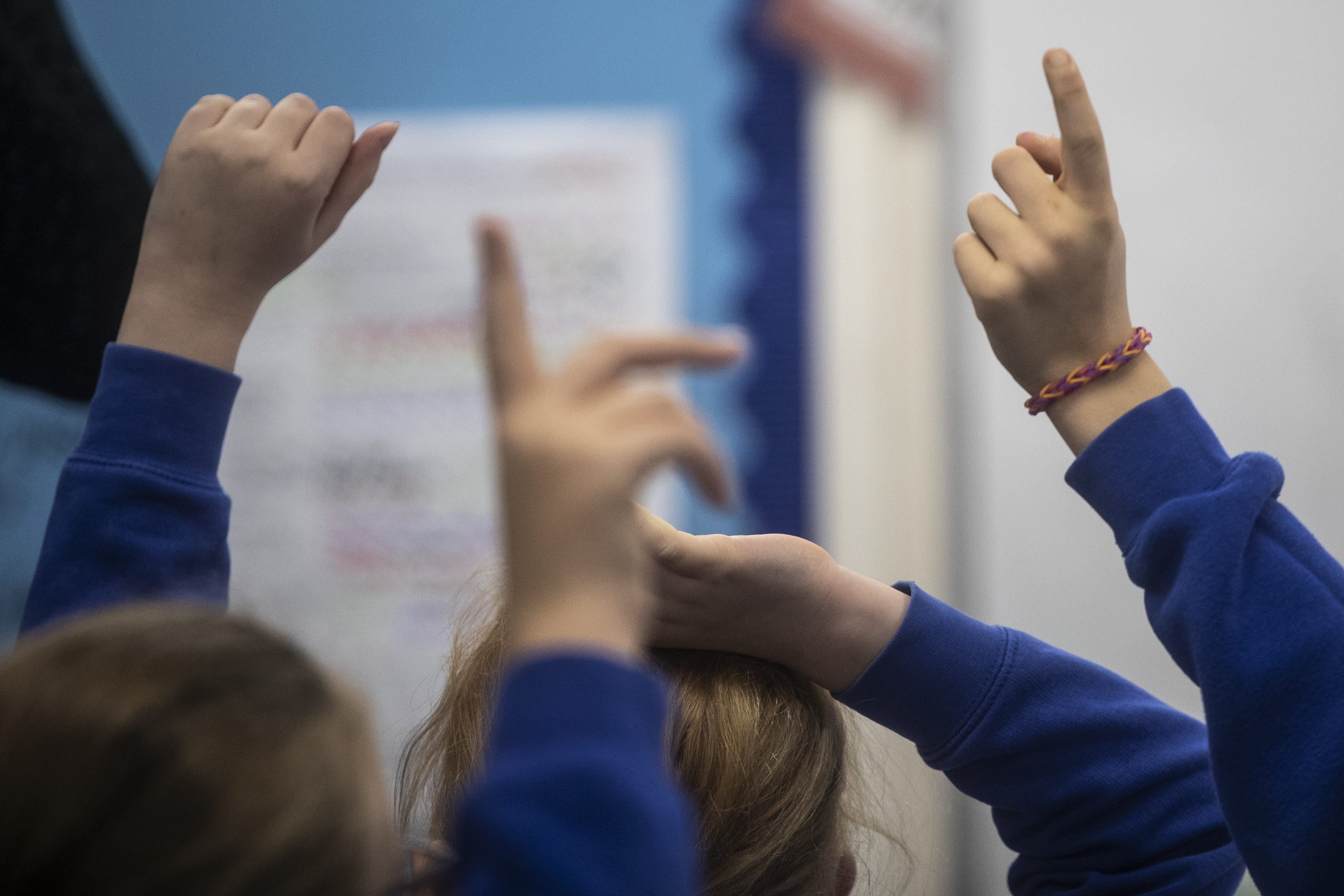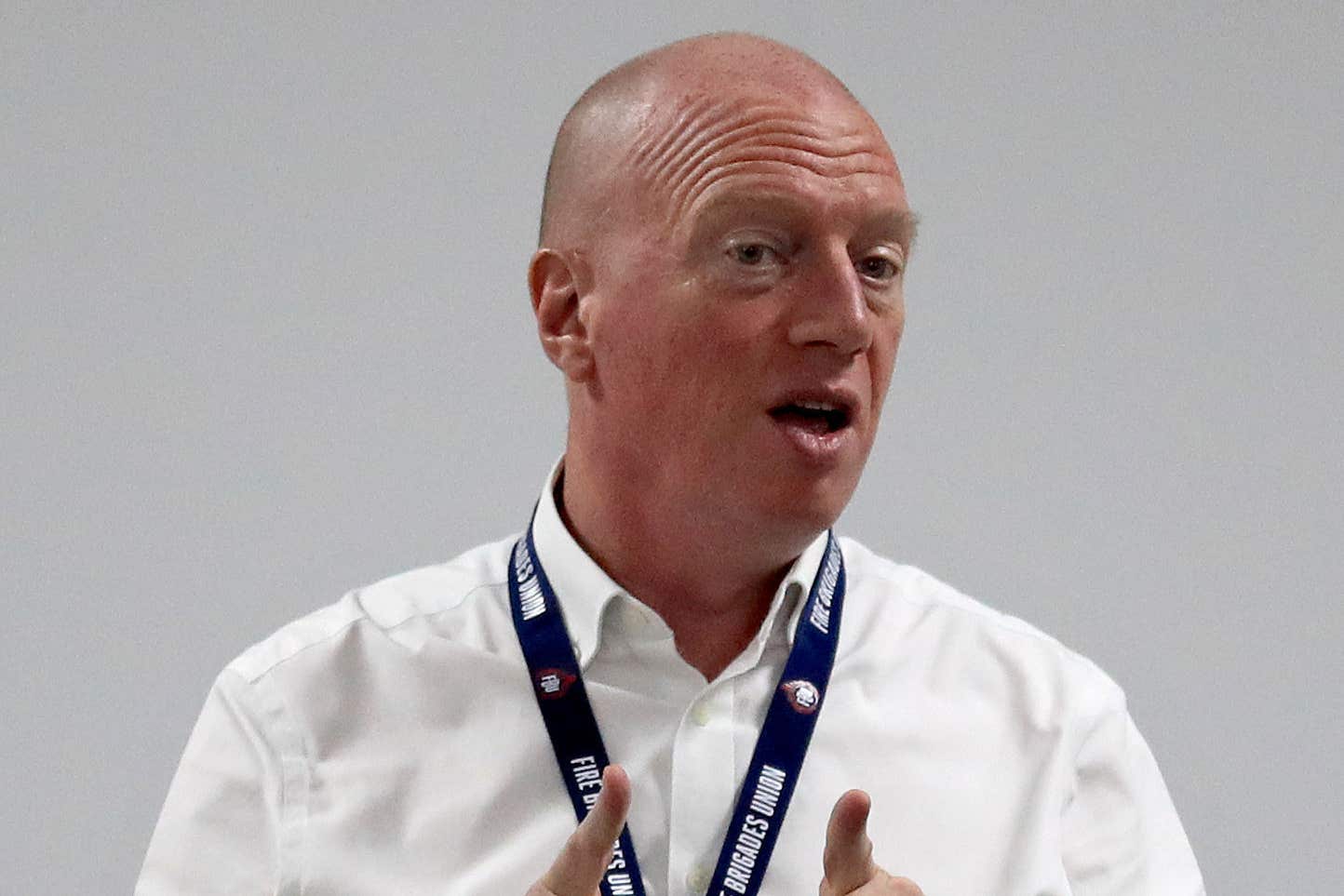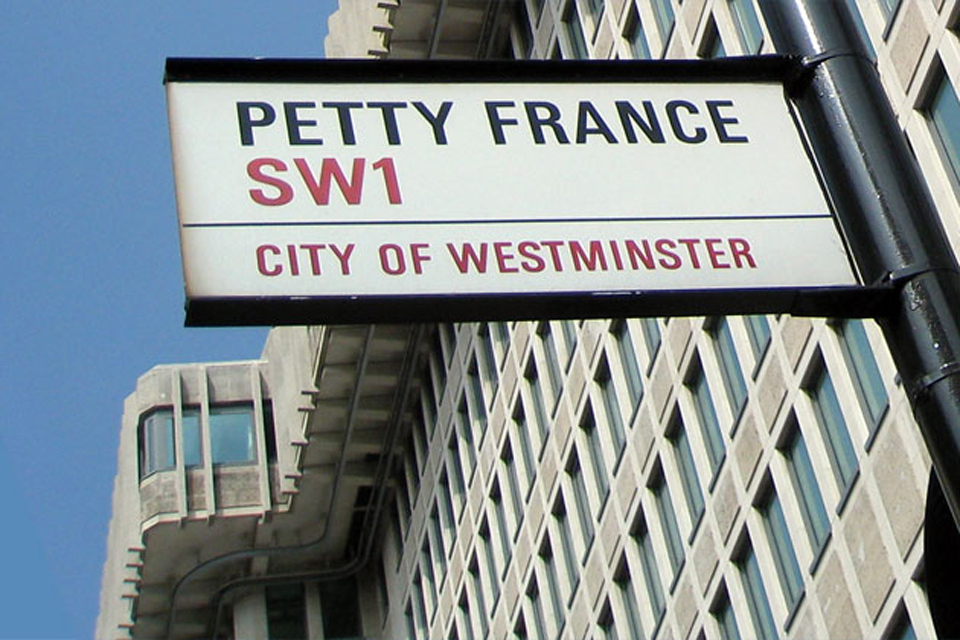The education sector is facing disaster, a union boss has warned, after a new survey showed that one in ten teachers could leave the profession in the next two years.
A survey of 1,800 teachers saw 9 per cent say they are “very likely” to quit in the next 24 months, with over a third (37 per cent) saying their workload is overwhelming or unsustainable.
With 468,258 teachers in England, this would amount to around 42,000 leaving the profession – a figure that dwarfs the 6,500 Labour has promised to hire, funded by charging VAT on private school fees.

Just 22 per cent of teachers said their workloads were manageable, while a quarter said they didn’t have enough time for lesson planning, the survey conducted by ed-tech platform Kahoot indicated.
Matt Wrack, general secretary of teaching union NASUWT, told The Independent that the Labour government has taken “no serious action” to address the current crisis in teaching.
“There are multiple factors behind the crisis in teacher recruitment and retention. There is a huge problem of excessive and unmanageable workload.
“This is widely recognised, including by government, but no serious action is being taken to address it either by ministers, local authorities or academy trusts. So the situation has got worse.
“Teachers all too often face poor or abusive behaviour which is often not addressed by school leaders or employers.”
He added: “On top of all this, living standards have fallen due to fourteen years of austerity pay and attacks on teachers’ pensions.
“It is a recipe for disaster and no way to run education.”
Mr Wrack didn’t rule out strike action from teachers in the NASUWT union, saying it depends on how the government proceeds when it comes to teachers’ pay and funding for the education sector.
The survey saw more than a third of respondents blame short attention spans, driven by phone and social media use, as their main barrier to engagement with pupils.
Class sizes were also a significant concern, with 1 in 5 (21 per cent) of teachers citing large class sizes as the biggest obstacle to keeping students engaged.

Kahoot’s Sean D’Arcy warned that an exodus of teachers from the profession would “heap further pressure on an education system that already has some of the highest class sizes in the industrialised world”.
“The UK is already experiencing a teacher shortage, and a continued departure of teachers could also add to existing challenges such as limited time and overcrowded classrooms”, he told The Independent.
“Educators shape young minds and prepare children for the world. They are one of our most vital societal assets and the idea that so many of them could leave the profession is worrying. Of the 1800 we surveyed, over 250 said that it was unlikely they would still be in the classroom come 2027.”
He added: “Labour has committed to hiring 6,500 extra teachers in England but even the minister in charge, Bridget Phillipson, has admitted it will be ‘a challenge’. I sincerely hope it is one the government can rise to.”
The government estimates its VAT tax raid will raise £1.7bn per year by 2029-30, money which ministers said would be used to fund 6,500 new teachers for state schools.
But so far, private school pupil numbers have fallen by more than 11,000 in England following the tax hike, DfE data showed – sparking concerns the exodus could push up class sizes in state schools and reducing the effectiveness of the tax.
In January 2025, there were around 582,500 pupils at English private schools, down from 593,500 at the same point last year.
Kahoot’s survey spoke to 1,782 UK teachers in June 2025.
A Department for Education spokesperson said: “Last year saw one of the lowest rates of teachers leaving the profession since 2010, and we are already delivering on our pledge to recruit and retain 6,500 more talented teachers with 2,300 more secondary and special school teachers in classrooms this year.
“This government is restoring teaching as the highly valued profession it should be, announcing pay awards of almost 10 per cent over two years and has committed to tackling poor pupil behaviour, high workload and poor wellbeing.”




.jpeg?trim=97,0,325,0&width=1200&height=800&crop=1200:800)
